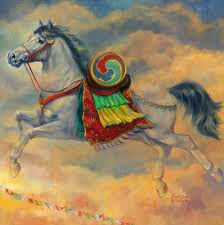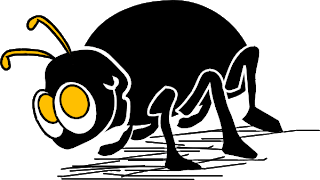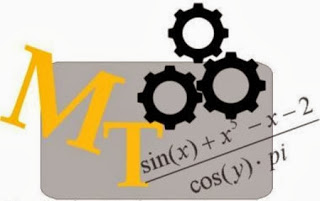#1371 - Cool Rebus Riddle
what does the below rebus means ?

Falling In Love
Emily learnt how to ride a horse recently. Just to test her skills, she rode the horse from her home till a mine which she covered in three minutes and returned back home from the same path only this time she took four minutes. The reason was that while riding away from home, she was supported by wind however while riding back, she was riding against the wind.
How fast do you think she could have rode a mile if there was no wind ?

3 minutes and 25 5/7 seconds.
The most common way how most of people see this problem is adding 3 and four to obtain 7 and they believe it should give a correct average and thus her time should be taken to 3 and half minutes. But if you do like that, you will get to a wrong answer. This is because, the wind has only helped her for three minutes while it has worked against her for four minutes.
If she could ride a mile in three minutes with the wind, it is evident that she could go a mile and 1/3 of a mile in four minutes. Thus two and 1/3 miles in eight minutes will give her actual speed as the wind has helped her as much as it has worked against her.
Thus her actual time for a single mile without wind will be 3 minutes and 25 5/7 seconds.
There are two insects on a tile. Insect X is sitting on one side of the tile (point A) and Insect Y is sitting opposite on the other side of the tile (point B). Now both of them decide to change their position and thus X starts crawling to point B and Y starts crawling to point A. When they meet and pass each other in between, X takes 20 seconds to reach to B and Y takes just 5 seconds to reach A.
Can you calculate the total time each of the insects took to change their positions?

Assume that P is the speed of Insect X and Q is the speed of Insect Y.
Let T be the number of seconds it takes them to cross paths.
Now Distance = Speed * Time
Thus for Insect X
Distance = P * T before meeting
And Distance = P *20 after meeting
For Insect Y
Distance = Q * T before meeting
And Distance = Q * 5 after meeting
Now the distance travelled by X before meeting is equal to the distance travelled by Y after meeting and vice versa
Thus
P * T = Q * 5
And Q * T = P * 20
Solving both equations, we get T = 10
Thus Insect X requires 10 + 20 = 30 seconds,
Whereas Insect Y requires 10 + 5 = 15 seconds to change the position.
You are given with six numbers – 1, 2, 3, 4, 5 and 6. You can arrange them in any order and you can use all the four mathematics expression i.e. add, subtract, multiply and divide and also parenthesis. The result must be 278.
There are three other rules
1) You can only use a number once.
2) It is not compulsory to use all the six numbers.
3) You can't join numbers i.e. you can't use 1, 2 and 3 as 123.

(1 + (3 + 4*5)*6)*2
There can be more than one possibilities.
Outside a tattoo artist's shop there was a signboard which read 'I make tattoos on only them who do not tattoo themselves'.
Reading it what do you think, does the tattoo artist tattoo himself ?

Well this is a paradox sentence which does not have any specific answer.